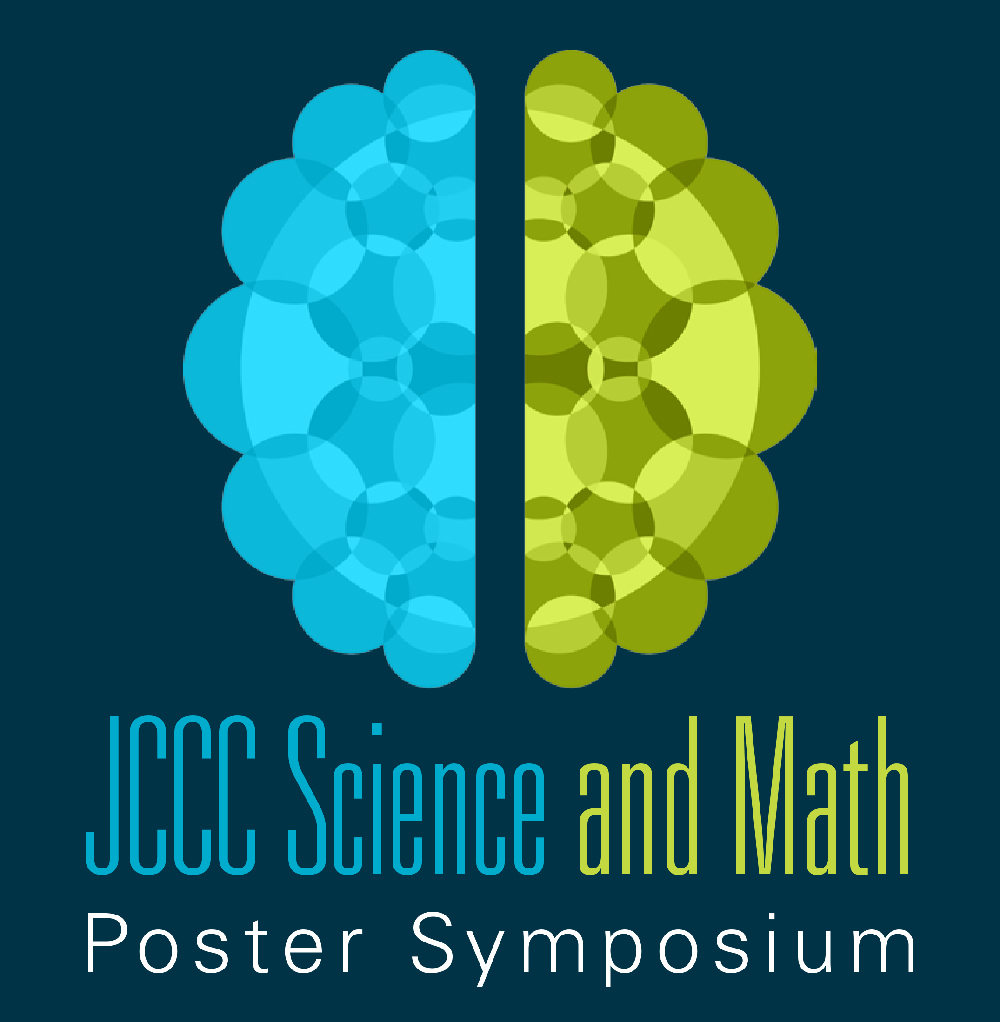Loading...
Location
CoLab
Start Date
3-5-2019 9:00 AM
End Date
3-5-2019 10:15 AM
Document Type
Poster
Description
Antibiotics are a potent tool in treating pathogens. However, due to a rise of over prescription leading to resistance among pathogens coupled with a lack of new antibiotics being discovered, death by untreatable disease will become a leading cause of death in the future. Antibiotics are found in the natural environment and not just in far-off, exotic places, so even everyday areas i.e. parks, gardens, and yards, could host potent, undiscovered antibiotics. To demonstrate this concept, I have chosen my home garden as the principle area from which I collected soil samples. In this experiment, a method for finding novel antibiotics via soil samples from my home garden is investigated. Currently, I have found three potential candidates. However, when tested against their ESKAPE relatives in a simple smear plate test, none were found to be effective at inhibiting the ESKAPE pathogens. The focus of this research is devising a method of identifying and characterizing an antibiotic producing bacteria to help further effort to find a new antibiotic.
Method of Finding Novel Antibiotics Via Conventional Soil Sampling Technique
CoLab
Antibiotics are a potent tool in treating pathogens. However, due to a rise of over prescription leading to resistance among pathogens coupled with a lack of new antibiotics being discovered, death by untreatable disease will become a leading cause of death in the future. Antibiotics are found in the natural environment and not just in far-off, exotic places, so even everyday areas i.e. parks, gardens, and yards, could host potent, undiscovered antibiotics. To demonstrate this concept, I have chosen my home garden as the principle area from which I collected soil samples. In this experiment, a method for finding novel antibiotics via soil samples from my home garden is investigated. Currently, I have found three potential candidates. However, when tested against their ESKAPE relatives in a simple smear plate test, none were found to be effective at inhibiting the ESKAPE pathogens. The focus of this research is devising a method of identifying and characterizing an antibiotic producing bacteria to help further effort to find a new antibiotic.


Comments
The faculty supervisor for this project was Heather Seitz, Biology.